A beauty by all accounts Eleanor was dressed in a shimmering golden outfit that 'fitted tightly at the waist and flared out to wide pleats at her feet. The sleeves were long and lined with ermine.'
There was talk that Eleanor could not give Henry an heir, but their first child, the future Edward I, was born three years later, and other children followed in quick succession. Henry was very fond and loving towards his five children and detested spending long periods of time apart from them.
Eleanor outlived Henry by nineteen years.
Henry and Eleanor were the last of my monarch ancestors, it was a long long descent via their son Edmund, Earl of Lancaster, through princesses, nobility, gentry and farmers before my arrival in the world.
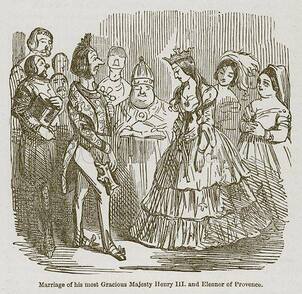
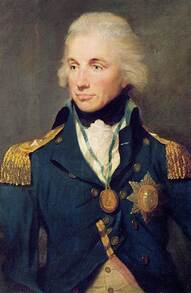
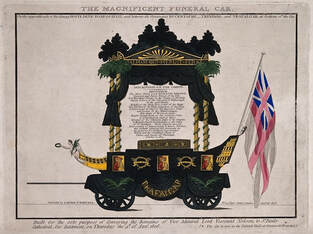
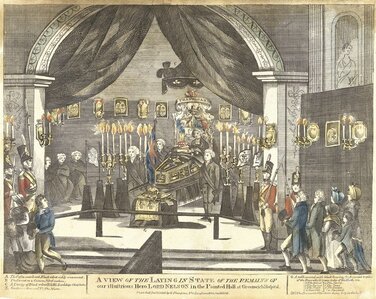

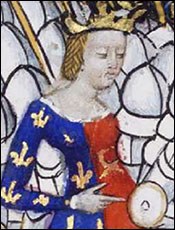

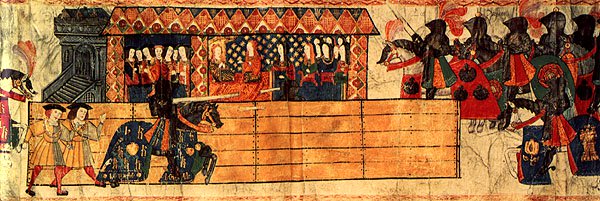
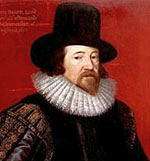
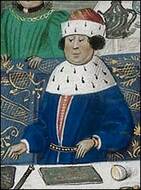

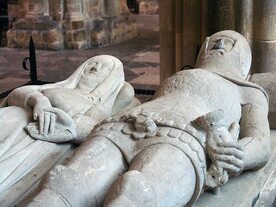

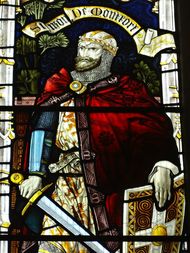
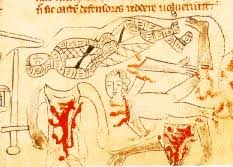

 RSS Feed
RSS Feed
